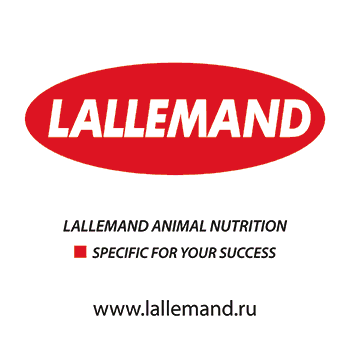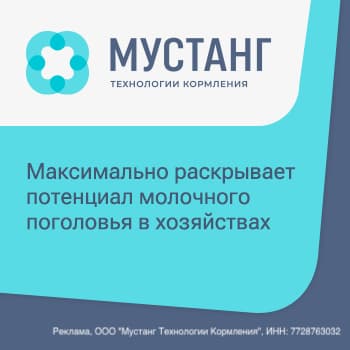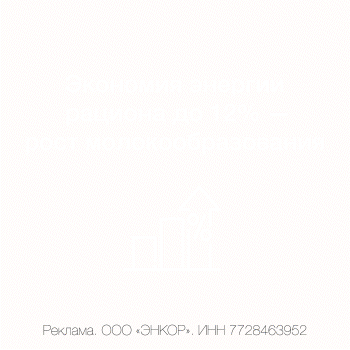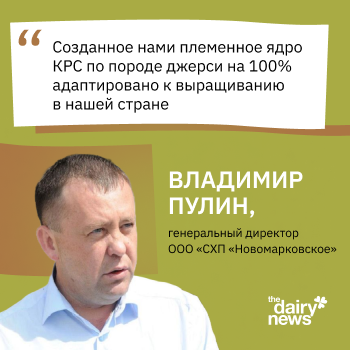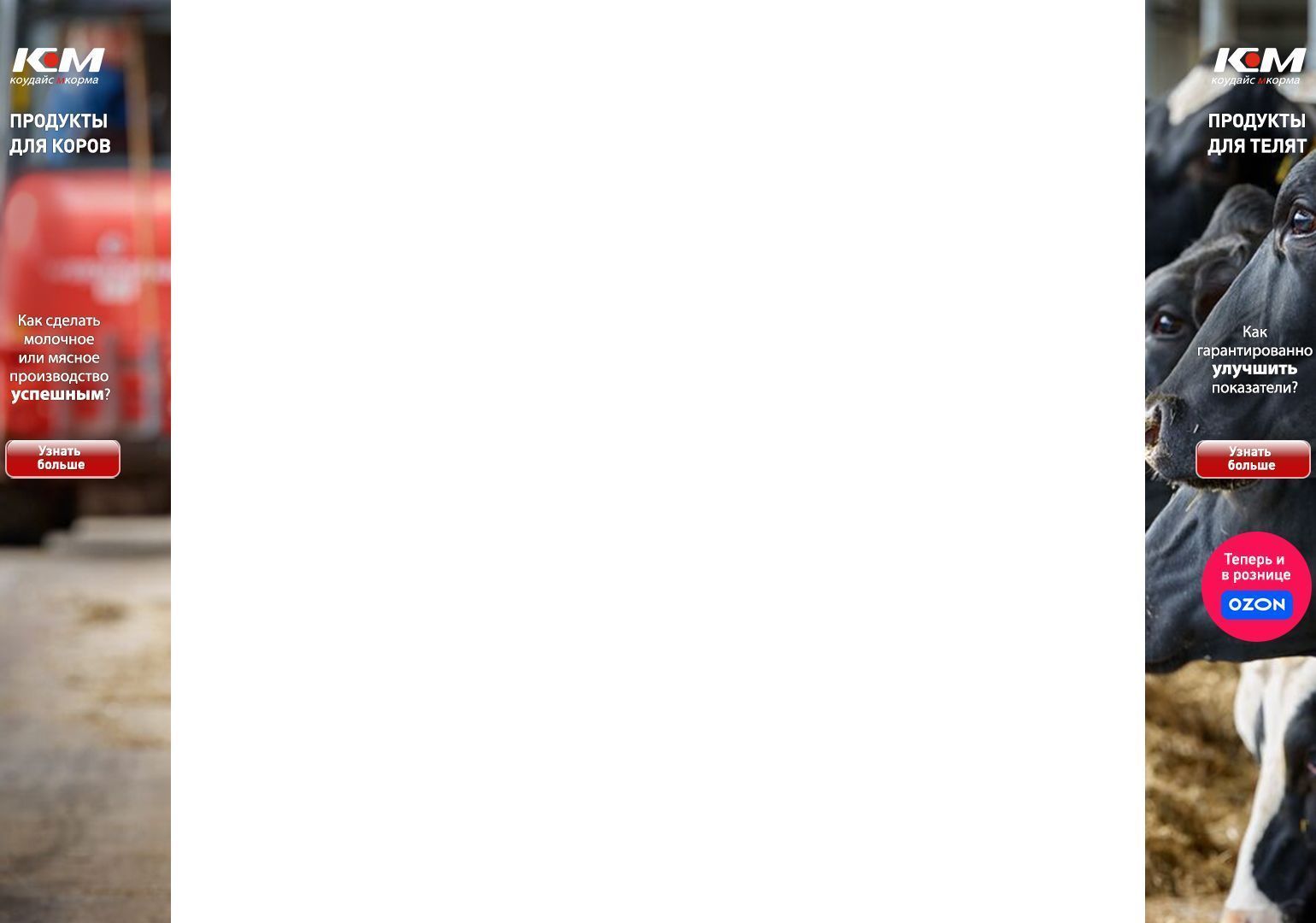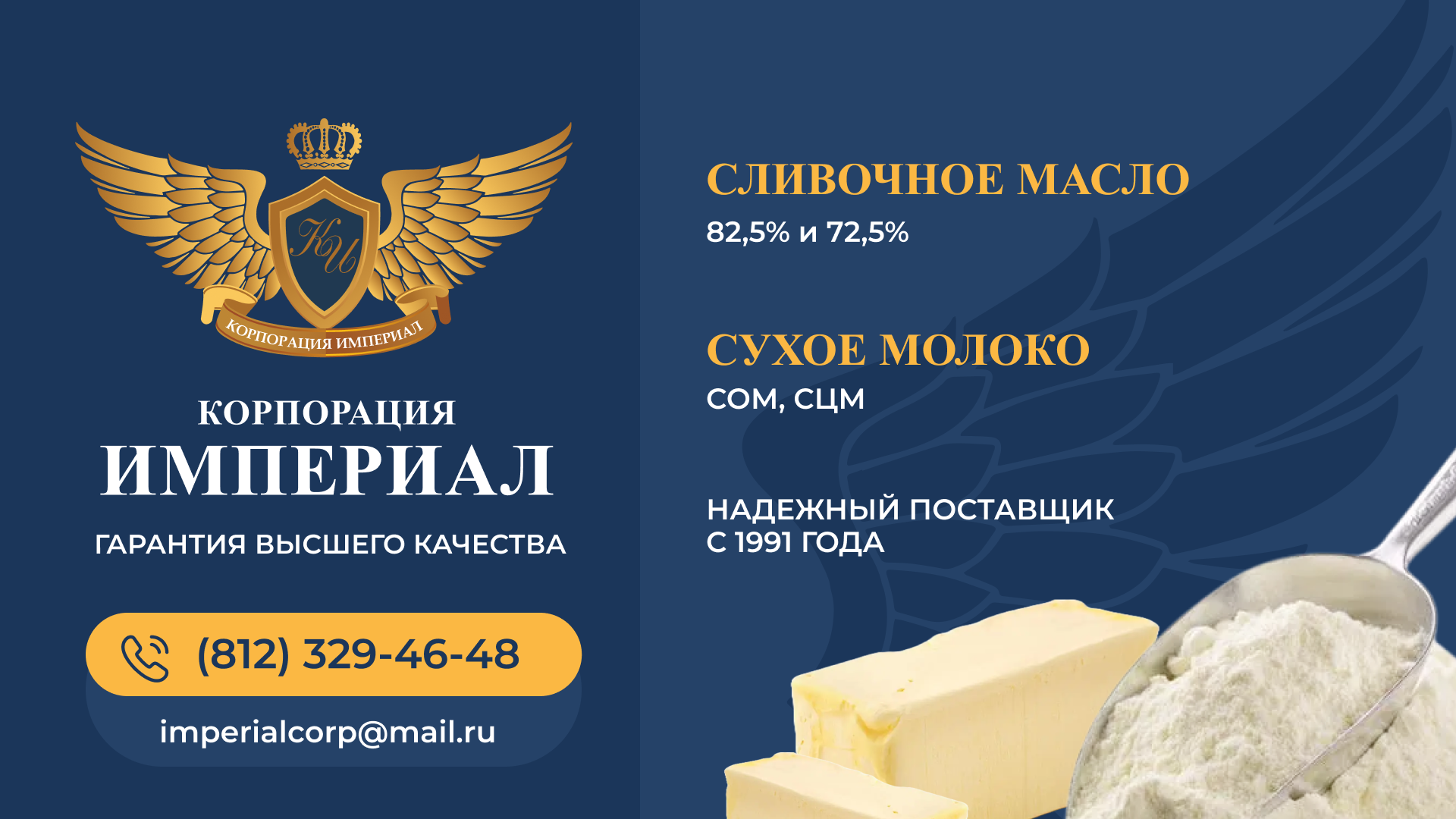The Bank of Russia has decided to raise the key rate
It is reported that in the second quarter of 2021, the Russian economy reached a pre-pandemic level and, according to the Bank of Russia, is returning to a balanced growth trajectory. The contribution to inflation from stable factors remains significant due to the faster expansion of demand compared to the possibilities of increasing output. In these conditions, and taking into account high inflation expectations, the balance of risks for inflation is shifted towards pro-inflationary ones. This may lead to a longer deviation of inflation upward from the target. The monetary policy pursued by the Bank of Russia is aimed at limiting this risk and returning inflation to 4%.
If the situation develops in accordance with the basic forecast, the Bank of Russia admits the possibility of further increases in the key rate at the next meetings. Decisions on the key rate will be made taking into account the actual and expected dynamics of inflation relative to the target, the development of the economy on the forecast horizon, as well as the assessment of risks from internal and external conditions and the reaction of financial markets to them. According to the forecast of the Bank of Russia, annual inflation will begin to slow down in the fourth quarter of 2021.
In August, the monthly seasonally smoothed growth rates of consumer prices rose again after slowing down in July. Annual inflation increased to 6.68% (after 6.46% in July) and, as of September 6, amounted to 6.74%. The indicators reflecting the most stable processes of price dynamics, according to the estimates of the Bank of Russia, continue to be significantly higher than 4% in annual terms.
This is a reflection of the fact that the steady growth of domestic demand is outpacing the opportunities for expanding production in a wide range of industries. Against this background, it is easier for enterprises to transfer increased costs to prices, including those associated with growth in global commodity markets.
Inflation expectations of the population have been near the maximum values for the last four years for more than six months. The price expectations of enterprises remain near multi-year highs. The expectations of professional analysts for the medium term are anchored near 4%.
The predominant influence of pro-inflationary factors may lead to a more significant and prolonged deviation of inflation upward from the target. The monetary policy pursued by the Bank of Russia is aimed at limiting this risk and returning annual inflation to 4%. In the baseline scenario, annual inflation will begin to slow down in the fourth quarter of 2021. In 2022, annual inflation will decrease to 4.0-4.5% and in the future will be near 4%.
Monetary conditions have tightened somewhat. The yields of short-term federal loan bonds increased, reflecting expectations of an increase in the key rate by the Bank of Russia. At the same time, the yields of medium - and long-term federal loan bonds remained stable. The adjustment of credit and deposit rates to the key rate increases in March-July accelerated. The outflow of funds from fixed-term ruble deposits has stopped. At the same time, corporate lending continues to expand at a pace close to the highs of recent years. The growth of mortgage loans slowed down after the change in the parameters of preferential programs. The growth rate of consumer loans remains high.
In the second quarter of 2021, the Russian economy reached a pre-pandemic level. Operational indicators in the third quarter indicate a continued growth in economic activity, with a slight slowdown in its pace. This, according to the Bank of Russia, is largely due to the return of the Russian economy to a balanced growth trajectory. At the same time, there is some heterogeneity of trends in the economy in the sectoral and regional context.
The growth of real wages and the low propensity of households to save, due to increased inflation expectations, support the growth of consumer activity, especially in the non-food markets. At the same time, the recovery of the public services sector slowed down in July—August due to a partial tightening of epidemiological measures. Growing domestic and external demand and high corporate profits support investment activity.
Inflationary pressure from the labor market is increasing. The demand for labor is growing in a wide range of industries. At the same time, there is a shortage of it in some sectors, including due to the continuing restrictions on the influx of foreign labor. The unemployment rate is near historical lows, and the number of vacancies is at historical highs. The situation on the labor market indicates that in the future, the increase in the stable growth rates of the Russian economy will primarily be determined by the growth rates of labor productivity.
The balance of risks remains significantly shifted towards pro-inflationary ones. The effect of pro-inflationary factors can be enhanced by increased inflation expectations and associated secondary effects.
Continuing difficulties in production and logistics chains, a shortage of labor resources, as well as structural changes in the labor market as a result of the impact of the pandemic may put additional pressure on prices. The strengthening of the structural shortage of labor resources can lead to a lag in the growth rate of labor productivity from wage growth.
Inflationary risks from the price conjuncture of the world commodity markets remain. The further dynamics of food prices will largely depend on the crop yield in 2021, both domestically and abroad.
Short-term pro-inflation risks are also associated with increased volatility in global markets, including under the influence of various geopolitical events, which may affect exchange rate and inflation expectations. In the context of a faster recovery of the world economy and, accordingly, the exhaustion of the need for an unprecedented stimulating policy in developed economies, an earlier start of normalization of monetary policy by the central banks of these countries is possible. This may become an additional factor in the growth of volatility in the global financial markets.
If the situation develops in accordance with the basic forecast, the Bank of Russia admits the possibility of further increases in the key rate at the next meetings.
Earlier, we published the results of a survey conducted by us in the Telegram channel. 23% of respondents voted for the fact that the rate will increase to 6.75% per annum, the majority expected a more tangible increase in the rate.


